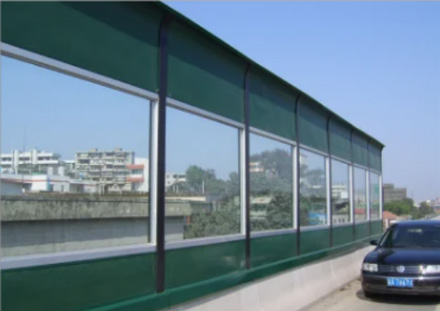Hexagonal Perforated Mesh A Versatile Solution for Modern Design and Engineering
Hexagonal perforated mesh has gained prominence in various industries, serving as a remarkable solution for both aesthetic and functional needs. This innovative material, characterized by its hexagonal pattern and perforations, offers a unique blend of strength, lightweight properties, and versatility, making it widely applicable in construction, automotive, architecture, and a myriad of other fields.
The hexagonal design is not just visually appealing; it is engineered for performance. The uniform distribution of perforations in a hexagonal layout optimizes material properties, allowing for better airflow, reduced weight, and enhanced strength compared to traditional square or rectangular mesh. This makes hexagonal perforated mesh a popular choice in applications ranging from facades and acoustic panels to filtration systems.
In architecture, this type of mesh is often utilized for cladding and decorative screens. Its ability to allow natural light while providing shade makes it an excellent choice for exterior applications. Designers are increasingly leaning towards sustainable architecture, where materials facilitate energy efficiency. Hexagonal perforated mesh contributes to this by aiding in passive cooling and ventilation, thereby reducing the need for mechanical cooling systems.
Moreover, the aesthetic versatility of hexagonal perforated mesh is remarkable. It can be fabricated from various materials, including metals like aluminum and stainless steel, as well as plastics and composites. The choice of material can significantly affect the outcome, enabling designers to achieve different finishes, colors, and textures that align with their vision. This adaptability allows for seamless integration into diverse design styles, from modern to industrial.
hexagonal perforated mesh

In the automotive industry, hexagonal perforated mesh is used for grilles, air intakes, and interior designs
. Here, the mesh not only serves a functional purpose but also enhances the vehicle's exterior styling and aerodynamics. The lightweight nature of the mesh helps in reducing the overall weight of the vehicle, contributing to better fuel efficiency without compromising on strength and durability.From a functionality standpoint, hexagonal perforated mesh excels in filtration and separation processes. Its design allows for precise control over fluid flow and particulate separation, making it effective in applications such as water treatment, food processing, and dust filtration. In these contexts, the hexagonal perforation pattern provides a balanced flow while maintaining structural integrity.
Furthermore, hexagonal perforated mesh is also valued for its ease of installation and maintenance. Its lightweight construction simplifies handling and application, which is crucial in large-scale projects. Maintenance is minimal, as cleaning the mesh can be accomplished swiftly due to its open design.
In conclusion, hexagonal perforated mesh stands out as a multifaceted material that marries functionality with aesthetics. Its widespread use in sectors such as architecture, automotive, and industrial applications highlights its versatility. As industries continue to evolve and prioritize sustainable practices, the relevance of hexagonal perforated mesh is expected to grow, cementing its place as a go-to solution for modern design challenges. Whether enhancing airflow, contributing to building aesthetics, or improving filtration processes, hexagonal perforated mesh offers an excellent combination of form and function that meets the demands of contemporary engineering and design.
-
The Strength and Versatility of Aluminum Expanded Metal Mesh
NewsJun.10,2025
-
Safety Guards and Machine Enclosures Using Expanded Mesh
NewsJun.10,2025
-
Performance with Round Hole Perforated Mesh in Wall Panels
NewsJun.10,2025
-
How Steel Grating Trench Covers Distribute Weight Efficiently
NewsJun.10,2025
-
How Deck Mesh Railing Enhances Backyard Aesthetics
NewsJun.10,2025
-
Comparing Bar Thickness and Spacing in Steel Grating
NewsJun.10,2025
Subscribe now!
Stay up to date with the latest on Fry Steeland industry news.

